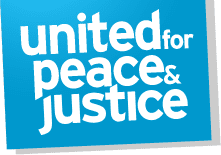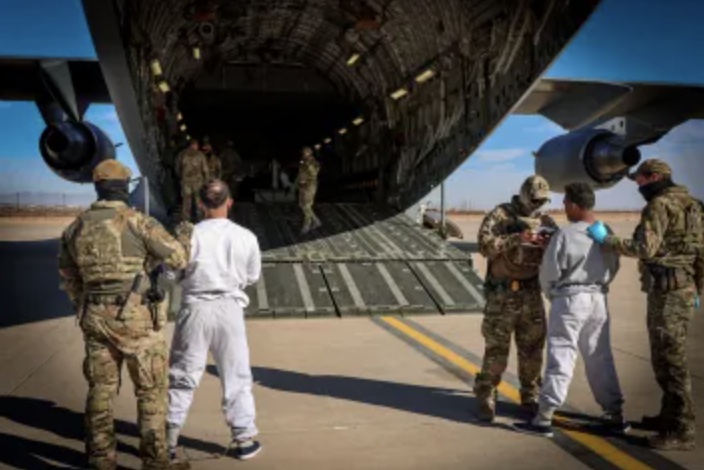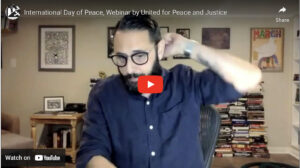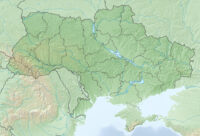As abruptly as Trump Administration officials had begun deporting migrants from the U.S, to the Naval Station Guantánamo Bay (NSGB), it changed course and transported all 178 individuals who had been brought to the Guantánamo; 177 were repatriated to Venezuela via a handoff in Honduras; one was returned to an immigration facility in the States.
A court filing by an ICE (Immigration and Customs Enforcement) official states, Guantánamo “will temporarily house aliens before they are removed to their home country or a safe third country. The use of NSGB is deemed necessary to complete ongoing removal operations due to the number of illegal aliens present in the United States.” Those “ongoing removal operations” can only entail further terrorizing of immigrant communities and violations of migrants’ rights. As justice and human rights activists contemplate an uncertain future, here is a look back at how the U.S. has arrived at this juncture.
On January 29, Trump issued an Executive Order directing the Secretary of Defense and the Secretary of Homeland Security “to take all appropriate actions to expand the Migrant Operations Center at Naval Station Guantanamo Bay to full capacity to provide additional detention space for high-priority criminal aliens unlawfully present in the United States.” Trump has maintained that “full capacity” is 30,000 migrants.
Within days, there were ten alleged “high-threat” members of Tren de Aragua at Guantánamo, but they were NOT under the supervision of the Migrant Operations Center. Instead, they were being held in Camp 6, one of the military detention facilities used to house detainees brought to Guantanamo as part of the “Global War on Terrorism.”
The Guantánamo Bay Naval Base houses two separate facilities:
1. A Migrant Operations Center – established in the 1990s for migrants interdicted at sea. The Center was legally codified by an Executive Order of President George H. Bush in 2002 and clearly explained in a 2015 fact sheet from the United States Department of State, Bureau of Population, Refugees and Migration.
2. The Military Detention Center – established in 2002, to detain terrorism suspects under the 2001 Authorization for Use of Military Force (AUMF).
The government has no legal authority to detain migrants in Camp 6 or any other military detention facility. Moreover, federal law ensures due process and immigration protections for all migrants transferred from the United States to Guantánamo. These legal guarantees have generated several lawsuits as immigrant rights and human rights groups push back on the Trump Administrations actions.
One lawsuit under the Freedom of Information Act, aims to obtain more details concerning who has been deported to Guantánamo and their current conditions. Jointly filed by the Haitian Bridge Alliance (HBA), Detention Watch Network, and the Center for Constitutional Rights, the suit seeks to obtain all records and communications related to the administration’s criteria for determining who will be sent to Guantánamo, their immigration status and nationalities, the legal rights and processes they will be afforded, how long they will be held at the facility, the provision of food, health care, shelter, and other necessities, and where they will be taken next.
A second lawsuit, filed by the American Civil Liberties Union, the Center for Constitutional Rights, International Refugee Assistance Project (IRAP), and the ACLU of the District of Columbia, seeks access to lawyers for all of the migrants who have been moved to any location at Guantánamo. “[A]t a minimum,” the lawsuit argues, “attorneys must be allowed to communicate with the migrants via phone calls, video conferences or email.” Deepa Alagesan, a senior supervising attorney at IRAP, said in a statement. “We will not stand by as the United States government tries to use Guantánamo as a legal black box to deny immigrants their basic rights to counsel and due process.”
While the government is denying these migrants at Guantánamo access to lawyers, the Department of Homeland Security released photos of men being taken off transport planes in shackles, along with a statement from Secretary Kristi Noem, “President Donald Trump has been very clear: Guantanamo Bay will hold the worst of the worst. That starts today.”
For all the above reasons, Guantánamo is recognized as the Place Where Presidents Abuse Human Rights, a place with a sordid history of human rights abuses designed to keep people while evading oversight. Exactly what Trump may do next is uncertain, but immigrant rights and human rights activists must remain vigilant. September 11th Families for Peaceful Tomorrows, a founding organization of UFPJ, whose members have sought justice and accountability for the crimes of 9/11 for more than 24 years without judicial finality, condemned the deportation of migrants to Guantánamo, which can only further erode the rule of law the U.S. has experienced since 9/11.



